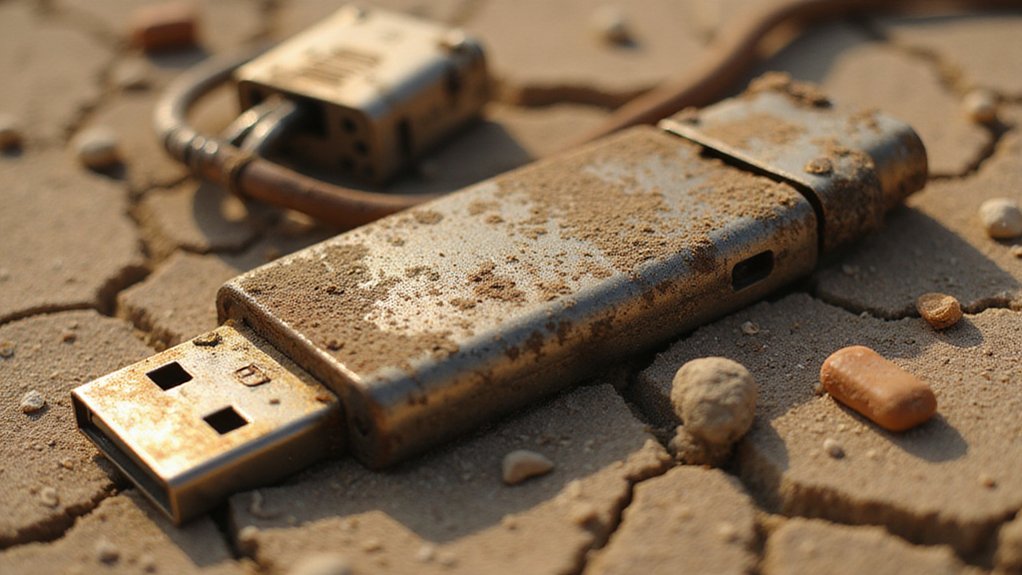While Bitcoin enthusiasts have grown accustomed to the cryptocurrency’s theatrical price swings and institutional adoption narratives, the recent reactivation of a 20,000 BTC wallet dormant for fourteen years offers a rather more archaeological reminder of the digital asset’s peculiar history.
This substantial cache, worth approximately $2.25 billion at current market rates, represents one of those delightfully awkward moments when Bitcoin’s past collides with its present. The wallet’s origins trace back to 2009-2011, when Bitcoin traded for pennies (or quite literally nothing) and mining rewards flowed generously to anyone patient enough to run mining software on their desktop computer.
Such dormant wallets typically belong to early adopters who either misplaced their private keys or simply forgot about their digital experiments—though fourteen years of silence suggests either remarkable patience or unfortunate amnesia.
The timing proves particularly intriguing given Bitcoin’s recent surge to an all-time high of $112,509.65 in May 2025. Market participants now face the delicious uncertainty of whether this reactivation signals renewed confidence from early holders or merely represents strategic positioning by someone who finally located their old hard drive.
The delicious uncertainty of whether ancient Bitcoin holders signal confidence or simply found their forgotten hard drives.
The potential supply shock looms large; 20,000 BTC entering circulation could create meaningful volatility in a market that, despite its maturation, remains surprisingly sensitive to large wallet movements. Bitcoin’s price remains fundamentally influenced by supply and demand dynamics, making such substantial wallet reactivations particularly significant for market stability.
This development coincides with broader institutional shifts, including the U.S. Strategic Bitcoin Reserve‘s establishment using seized cryptocurrencies. The irony isn’t lost: while governments stockpile Bitcoin as strategic assets, ancient caches from the currency’s anarchist origins continue surfacing like digital time capsules. Bitcoin’s appeal stems from its characteristics as digital gold due to its scarcity and security features that governments now recognize as strategically valuable.
Early Bitcoin distribution was especially decentralized, with countless wallets now serving as inadvertent cold storage vaults. The fourteen-year gap encompasses Bitcoin’s entire evolution from cryptographic curiosity to major financial instrument—a period during which these coins appreciated roughly 11,250,000% (assuming the original holder acquired them at $0.01). Despite this remarkable appreciation, analysts continue to identify Bitcoin as having strong growth potential alongside other established cryptocurrencies like Ethereum and Solana.
Whether this reactivation precedes a massive sell-off or represents strategic repositioning remains unclear. What’s certain is that such archaeological discoveries remind us that Bitcoin’s history contains numerous buried treasures, each capable of introducing fresh volatility into markets that have grown perhaps too comfortable with their newfound institutional respectability.








